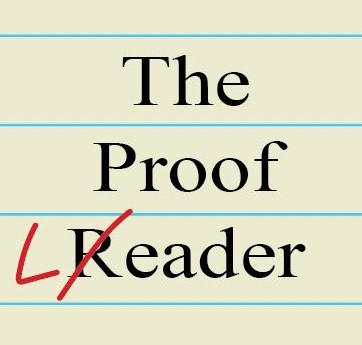In a world where television advertisements are created with a range of budgets ranging from ‘stick figure cartoons’ to ‘let’s use CGI, we have to use up the extra million’, some products come across as pretty high-tech. Consider a toy that represents a flying character of a popular movie franchise that I will not name, because I do not want to risk being pinpointed by their legal department. Therefore, the Toy That Shall Not Be Named will be called ‘Toy’.
I watched an ad on television last night and was impressed by this toy that flew, shot lasers and bullets and sounded really dangerous! Imagine my disappointment when I read, at different times during the ad, the disclaimers: ‘Toy does not fly on its own’, ‘Toy does not shoot real lasers’, ‘Toy does not shoot real bullets’ and ‘Laser sound effects added’.
Now I don’t know about you, but I have always wanted to buy a child a toy that shot real lasers, flew on its own (this is implying that the Toy has AI and really flies on its own volition), shoots bullets (no bullies will dare touch the kid that owns Toy!) and sounds like it is shooting lasers while it is really shooting lasers. Wouldn’t any kid love that? Maybe, but no parent who wants to remain healthy and whole after telling their child to do their homework would.
Do manufacturers really think that we are so amazingly stupid that we believe that toys now contain NASA Star Wars capabilities? For $19.99?
Perhaps this is part of some master plan that includes dumbing the population down through all aspects of the media until we at least believe that others are incapable of reason when choosing toys for their children. Imagine the conversation: “Ooh, let’s get THAT for little Johnny!” “No, dear, look at what it can do – we’ll have to wait until Johnny can get a gun licence and some fighter pilot training.”
Here’s a wild idea for an advertisement – have the child actually playing with Toy and using all its real attachments and sound effects in a real-life situation. The manufacturer may protest that an ad with all the extra bells and whistles (that are not actually included in Toy) is a representation of a child’s imagination, but surely that is something that cannot be portrayed. Who can quantify fantasy? Perhaps the creativity of the toy designer and that of the advertiser are completely at odds. Perhaps neither of them even come close to a five-year-old’s scope of imagination when playing with Toy.
Yes, there are legal implications, but I am certain there is no magistrate on Earth who would accept the argument, “I deserve a refund because the ad showed Toy flying in space and shooting lasers, and once out of the pack I realised it did not have deep space capability.”
I might explore this a little further – this is certainly an aspect of advertising that bears research!
0439 679 370 (Texts/SMS only)
admin@theproofleader.com.au

Recent Comments